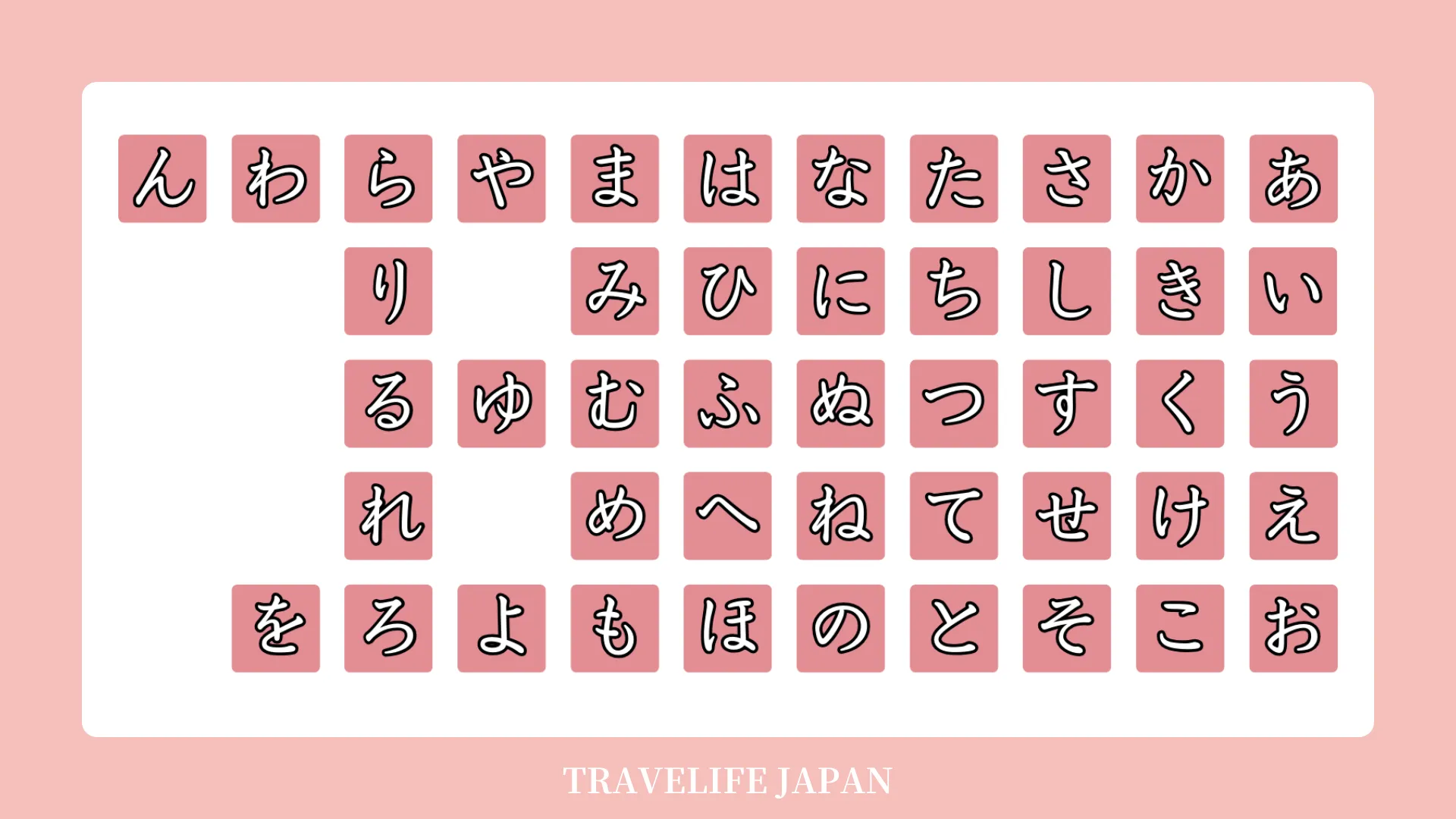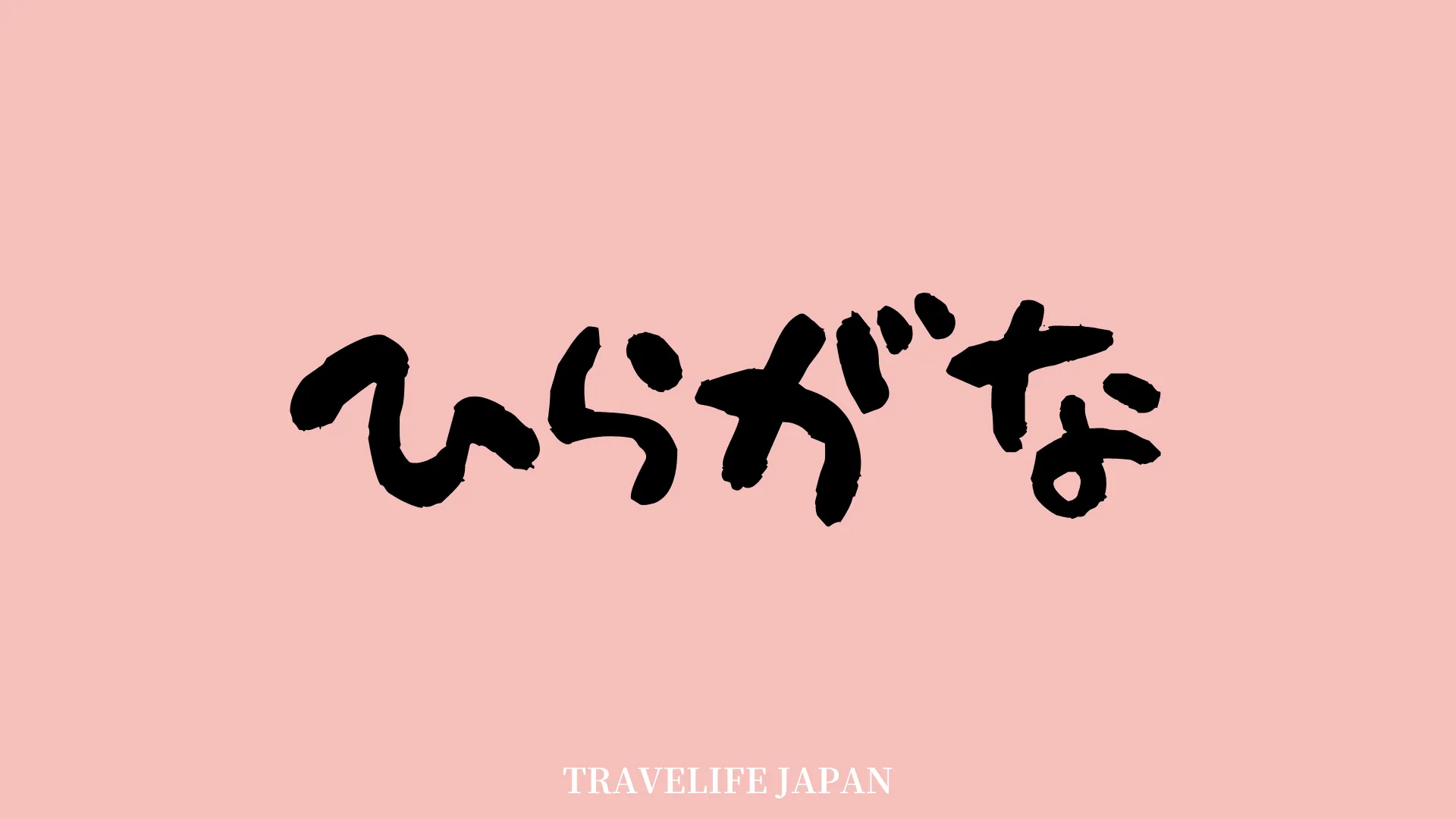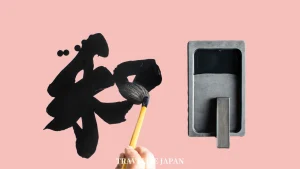Eager to learn Japanese? Start with Hiragana, the foundational alphabet and your first step toward fluency. This guide introduces Hiragana’s characters, each a gateway to the language’s beauty and complexity. Mastering Hiragana is essential for uncovering the nuances of Japanese culture and language, marking the beginning of your linguistic journey.
Evolution of Hiragana in Japanese Culture

The evolution of Hiragana dates back to the Heian period (794-1185 CE), a time when Japan was blossoming in art and literature. Originally derived from Chinese characters, Hiragana was a result of simplifying the complex Kanji for easier use in native Japanese writing. This script, with its 46 characters, emerged as a tool primarily used by women, who were often excluded from the higher education that focused on Chinese characters. The creation of Hiragana democratized writing and expression, leading to a flourish in Japanese literature, including the renowned “Tale of Genji,” often considered the world’s first novel.
Hiragana’s development was not just a linguistic milestone but also a cultural revolution. It represented a shift towards a unique Japanese identity, distinguishing it from the Chinese influences that dominated earlier periods. As such, Hiragana is deeply ingrained in Japan’s cultural and historical fabric, making its study essential for anyone seeking to immerse themselves in the Japanese language and culture.
Mastering 46 Characters of Hiragana
The foundation of learning Hiragana lies in understanding and memorizing its 46 basic characters. Each character in the Hiragana script represents a syllable, a blend of a consonant and a vowel or, in some cases, a standalone vowel. This syllabic nature makes Hiragana significantly different from the Roman alphabet, offering a unique challenge to learners.
The key to mastering these characters lies in consistent practice and immersion. Beginners should start by familiarizing themselves with the characters, paying attention to their stroke order and pronunciation. Writing each character repeatedly while speaking it out loud helps in embedding these symbols in memory. Many learners find it helpful to use mnemonic devices, associating each character with a visual image or a story.
Additionally, integrating Hiragana learning into daily life accelerates proficiency. This can be done by labeling everyday objects with their Japanese names, engaging with children’s books or simple texts in Hiragana, and using language learning apps that focus on this script. The goal is to move beyond rote memorization to a point where recognizing and using Hiragana becomes second nature.
Practical Application and Advancement in Hiragana
With a solid grasp of the Hiragana characters, students can begin to form words, sentences, and eventually paragraphs. Hiragana is used in every aspect of Japanese writing, from forming the basis of most words to being used as grammatical markers, particles, and in conjugating verbs and adjectives. Its utility extends to reading as well, where Hiragana often accompanies Kanji (Chinese characters used in Japanese) to provide phonetic guidance, a practice known as Furigana.
As learners advance, they encounter Hiragana’s role in nuances of the Japanese language. Understanding the subtleties in pronunciation, the use of Hiragana in different contexts, and its interplay with Kanji and Katakana (the other Japanese script used for foreign words) are crucial for proficiency. Engaging with native speakers, listening to Japanese media, and practicing writing in Hiragana are effective ways to enhance these skills.
Moreover, advanced learners can explore the creative and cultural aspects of Hiragana, such as its use in traditional poetry, calligraphy, and contemporary literature. This not only improves language skills but also deepens the cultural appreciation and understanding of Japan.
Conclusion
Learning Hiragana is much more than acquiring the basics of the Japanese language; it is an entry point into a rich cultural and linguistic heritage. Mastery of Hiragana opens the door to advanced Japanese studies, including Kanji and Katakana, and broadens the learner’s understanding of Japan’s history, culture, and modern society. For anyone aspiring to learn Japanese, a thorough grasp of Hiragana is not just beneficial – it is essential. With dedication, practice, and a deep appreciation of its cultural significance, mastering Hiragana becomes a rewarding and enriching journey.
\ Follow Our Community /
STUDY IN JAPAN
INQUIRE NOW
Please feel free to seek our help at NO COST.
We are looking forward to meeting you!








